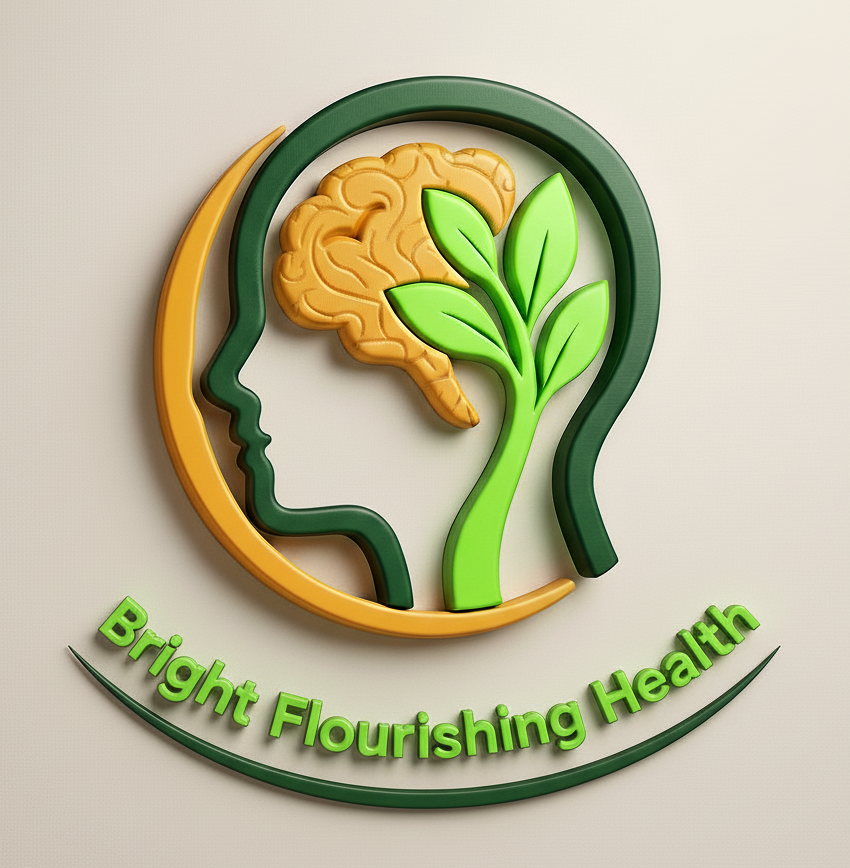Our innovative Grief-Enhanced Trauma-Informed Care Process Model (GTC) offers a comprehensive evaluation for at-risk youth experiencing traumatic stress and/or maladaptive bereavement. Unlike traditional approaches, GTC integrates a multidimensional perspective on trauma and grief, incorporating positive biopsychosocial elements, social engagement, regulation and coping repertoire, protective factors, and physiological responses to stress, involved in both priming and unpriming stages of traumatic stress disorder. Recognizing the deep connection between mind and body, this model evaluates both psychiatric and biological markers to understand the full impact of traumatic stress. GTC assesses key factors such as traumatic stress and maladaptive bereavement symptoms, social and economic support, self-regulation flexibility, psychosocial characteristics, and functional capacity.
When we utilize these assessment tools, we can establish a baseline for core symptoms and protective factors. These provide youth with a thorough road map of care to follow in order to address their specific symptoms, protective strength factors, and needs. Focusing specifically on children and adolescents, our model addresses a critical period in development and provides tools for youth and their families to develop posttraumatic growth, adopt advanced coping skills, and enhance self-regulation flexibility. By addressing both mental and physical health, GTC ensures a holistic approach to treatment, tailoring care to each individual’s unique needs. This approach provides a more personalized and practical framework for supporting youth affected by trauma and loss. Instead of focusing solely on PTSD symptoms, GTC examines six critical aspects of health and functioning:

Traumatic stress and maladaptive bereavement initiate complex physiological and psychological processes that have both reversible and irreversible effects on the body and mind. Psychoneuroimmunology (PNI), which explores the interaction between the nervous, immune, and endocrine systems, reveals that PTSD and/or PGD is associated with chronic inflammation, neurovascular dysfunction, and immune system dysregulation, which could lead to increased risk of adulthood psychiatric and medical illnesses. Traumatic stress events and reminders are associated with PNI inflammation, endothelial dysfunction, oxidative stress, autonomic nervous system dysregulation, functional movement impairments, and sleep disturbances that can lead to the development of disorders and poor clinical outcomes.
Priming refers to the heightened states of neurovascular inflammation, which can lead to severe reactivity to traumatic stress reminders, persistent hypervigilance, and coin youth experiencing traumatic stress disorders. Unpriming refers to enhancing adaptability to traumatic stress and maladaptive bereavement, reducing states of neurovascular inflammation in response to tailored trauma-informed interventions. Neurovascular markers, inflammation, and endothelial dysfunction are linked with the presence and severity of PTSD symptoms, which are associated with increased major adverse cardiovascular events. Sleep disturbances are also another hallmark of PTSD, with affected individuals frequently experiencing insomnia, nightmares, and disrupted sleep architecture associated with emotional dysregulation and cognitive dysfunction. The autonomic nervous system reactivity (ANS) (i.e., sympathetic and parasympathetic nervous systems) plays a critical role in the progress and maintenance of PTSD, linked in an overactive sympathetic response (fight-or-flight) and a weakened parasympathetic function (rest-and-digest), contributing to chronic stress and dysregulation. PTSD can also lead to functional movement impairments such as rigidity, reduced mobility, and somatic symptoms.
Each of the six components in our GTC model has a clear link to physiological biomarkers of traumatic stress disorder and maladaptive bereavement. As an example, in the table below, we show the linkage between PTSD symptom levels and vascular markers while highlighting the physiological changes that can arise from it.

An individual without PTSD symptoms demonstrates optimal nitric oxide (NO) production that supports stable blood flow, high heart rate variability (HRV) reflecting strong autonomic regulation, preserved reactive hyperemia index (RHI) supporting cardiovascular resilience, and low levels of C-reactive protein (CRP) & Interleukin 6 (IL-6) which indicate healthy vascular and neuroimmune system. On the contrary, an individual with severe PTSD symptoms will exhibit critically low NO levels with severe impairment of vascular homeostasis, profoundly suppressed HRV, severely impaired RHI with vascular dysfunction and inflammation, and substantially high levels of CRP & IL-6.
Overall, an individual without PTSD symptoms demonstrates optimal neurovascular regulation, balanced immune function, and stable autonomic control, promoting psychological resilience. In contrast, an individual with severe PTSD symptoms will exhibit sustained vascular and autonomic nervous system dysfunction, severe dysfunctional movement, and profound neuroimmune impairments and have an increased risk of major adverse neural and cardiovascular events. With the use of biomarkers, we are able to provide quantitative measurements for the diagnosis, treatment stratification, monitoring of the response to treatment, and tailored traumatic stress disorders and maladaptive bereavement. Biomarkers help identify underlying biological mechanisms, enable personalized treatment approaches, and improve patient outcomes. By integrating these objective measurements, clinicians can track progress more effectively, facilitating a quantitative, precise, individualized approach to care. Therefore, they provide youth and their families with a more straightforward path forward to recovery and bounce back stronger with enhanced wellbeing.
References
- Maes M, Lin AH, Delmeire L, Van Gastel A, Kenis G, De Jongh R, Bosmans E. Elevated serum interleukin-6 (IL-6) and IL-6 receptor concentrations in posttraumatic stress disorder following accidental man-made traumatic events. Biol Psychiatry. 1999;45(7):833–9. doi: 10.1016/s0006-3223(98)00131-0.
- Kautz MM. Applications of psychoneuroimmunology models of toxic stress in prevention and intervention efforts across early development. Brain Behav Immun Health. 2021;16:100322. doi:10.1016/j.bbih.2021.100322
- Pitman RK, Rasmusson AM, Koenen KC, Shin LM, Orr SP, Gilbertson MW, Milad MR, Liberzon I. Biological studies of posttraumatic stress disorder. Nat Rev Neurosci. 2012;13(11):769–87. doi: 10.1038/nrn3339
- Plantinga L, Bremner JD, Miller AH, Jones DP, Veledar E, Goldberg J, Vaccarino V. Association between posttraumatic stress disorder and inflammation: a twin study. Brain Behav Immun. 2013;30:125–32. doi: 10.1016/j.bbi.2013.01.081
- Guichard L, An X, Neylan TC, et al. Heart rate variability wrist-wearable biomarkers identify adverse posttraumatic neuropsychiatric sequelae after traumatic stress exposure. Psychiatry Res. 2024;342:116260. doi:10.1016/j.psychres.2024.116260

